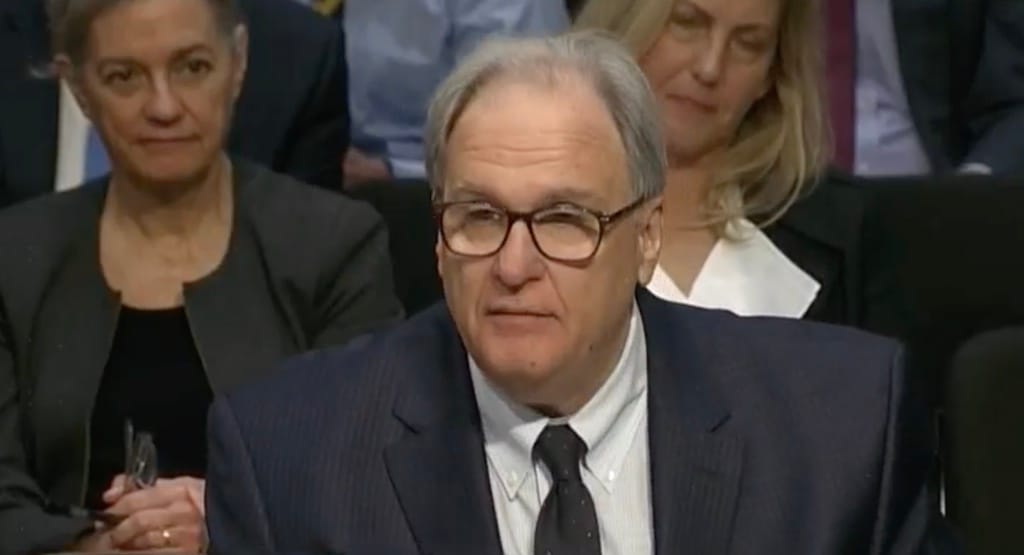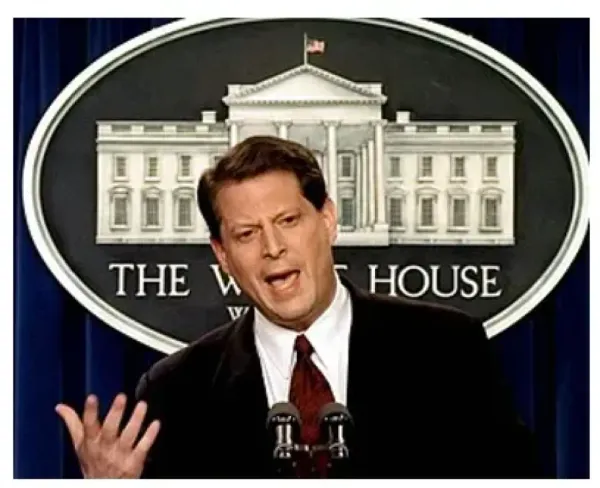Rural Utilities Service Administrator: More Miles of Fiber Than Power Lines Funded Over Past Two Years
The agency’s results over these years indicate the versatility of fiber in critical infrastructure projects.

The agency’s results over these years indicate the versatility of fiber in critical infrastructure projects.

WASHINGTON, January 31, 2022 – Acting Rural Utilities Service Administrator Chris McLean says that over the past two fiscal years his agency funded more miles of fiber than power lines.
The developments, financed with electric funds, are indicative of how versatile fiber can be for use in critical infrastructure projects.
“The key takeaway is that fiber provides multiple uses for critical infrastructure,” said Gary Bolton, president and CEO of the Fiber Broadband Association.
“As our Nation invests in the infrastructure for the future, fiber provides the critical foundation for our future’s broadband, smart grid modernization, fiber optic sensing and for future services such as 5G.”
McLean revealed RUS’ progress over the last two years on Wednesday during a conversation with Bolton as part of FBA’s weekly Fiber for Breakfast series.
Last year, RUS funded 25,000 miles in fiber for smart grid modernization – enough to circle the globe.
McLean also serves as the Assistant Administrator for Electric Programs at the RUS. His current tenure marks his third stint at the agency. He has served at various points over the past 25 years.
During Wednesday’s conversation, McLean also emphasized the need to bring the same bandwidth that urban and suburban America receive to rural communities.

FCC establishes $96 benchmark for broadband plans offered by USF recipients

New Street’s Blair Levin said the memo suggested CBRS was less likely to be auctioned.

The leases are paused due to unspecified national security risks identified by the Pentagon.

It was Gore who told FCC Chairman Reed Hundt that his failing cable TV regulations needed a makeover.
Member discussion